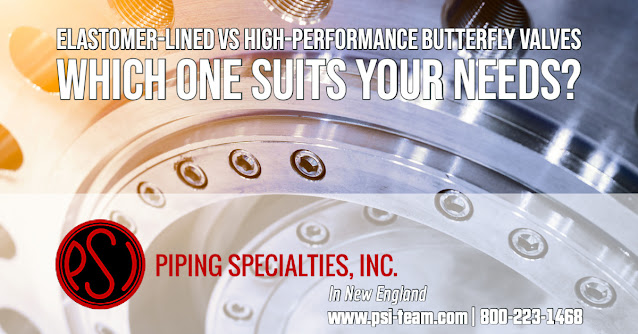Butterfly valves, a type of quarter-turn valve, see widespread use in controlling the flow of various fluids in industrial settings. Their simple structure features a disc in the center of the pipe with a rod passing through it, connecting to an external actuator. When the actuator rotates, it turns the disc parallel or perpendicular to the flow. Butterfly valves simplicity, compactness, and relatively low cost contribute to their popularity.
Butterfly valves fall into two main categories: elastomer-lined (or rubber-lined) and high-performance butterfly valves (HPBVs).
Elastomer-Lined Butterfly Valves: This type represents the most common butterfly valves, frequently used in low-pressure and temperature applications. Their design incorporates an offset disc, meaning it doesn't sit centrally within the valve body. This disc rotates 90 degrees from the open to the closed position, and the valve typically includes an elastomer (rubber) liner that forms a seal when the valve is closed. Several advantages come with the rubber liner. It provides a tight seal and shields the body from the medium under control.
These valves prove suitable for handling mildly corrosive fluids or those with minor solid content. However, the rubber liner may degrade over time or with exposure to harsh substances or temperatures, limiting its applicability under certain conditions.
Common applications include:
- Water Treatment Plants: In water treatment plants, operators often use these valves to throttle service, control flow rate, or as on-off valves.
- Chemical Industry: These valves frequently appear in the chemical industry, where they handle mildly corrosive substances or fluids with small amounts of solid content. They control the flow of various chemical products in pipelines.
- HVAC Systems: Heating, ventilation, and air conditioning (HVAC) systems employ these valves to regulate the flow of chilled or heated water.
- Food & Beverage Industry: The food and beverage industry uses these valves to maintain sanitary conditions, thanks to their ability to handle gentle cleaning and sterilization procedures.
High-Performance Butterfly Valves (HPBV): The design of HPBVs is more sophisticated than standard elastomer-lined butterfly valves. These find use in higher pressure and temperature applications, where a regular rubber-lined valve wouldn't suffice. Typically, they follow a double-eccentric or triple-eccentric design, where the stem sits away from the centerline of the disc, and the disc's centerline also deviates from the bore's centerline. This arrangement reduces wear and enhances sealing capabilities. In terms of sealing, these valves use a metal seat and a seal typically made from a softer, high-temperature-tolerant material instead of an elastomer liner. This design provides a tighter seal and allows them to handle higher pressures and temperatures compared to elastomer-lined butterfly valves. They last longer due to their metal seat design. Despite their advantages, HPBVs come with some drawbacks. Their complex structure and the materials used make them generally more expensive. They also come larger and heavier, necessitating more space and support.
Common applications include:
- Oil & Gas Industry: The oil and gas industry widely uses high-performance butterfly valves due to their ability to withstand higher pressures and temperatures. They control the flow of oil or gas in pipelines and processing equipment.
- Power Generation: Power plants use them, especially in steam and feed water lines, where high temperatures and pressures are typical.
- Chemical Plants: Chemical plants also use these valves to handle aggressive chemicals at higher temperatures and pressures.
In summary, the choice between elastomer-lined and high-performance butterfly valves hinges on application specifics, including the pressure and temperature conditions, the type of fluid under control, and the desired lifespan and reliability of the valve.
To discuss your butterfly valve applications in New England, contact Piping Specialties, Inc. Call 800-223-1468 or visit https://psi-team.com.
